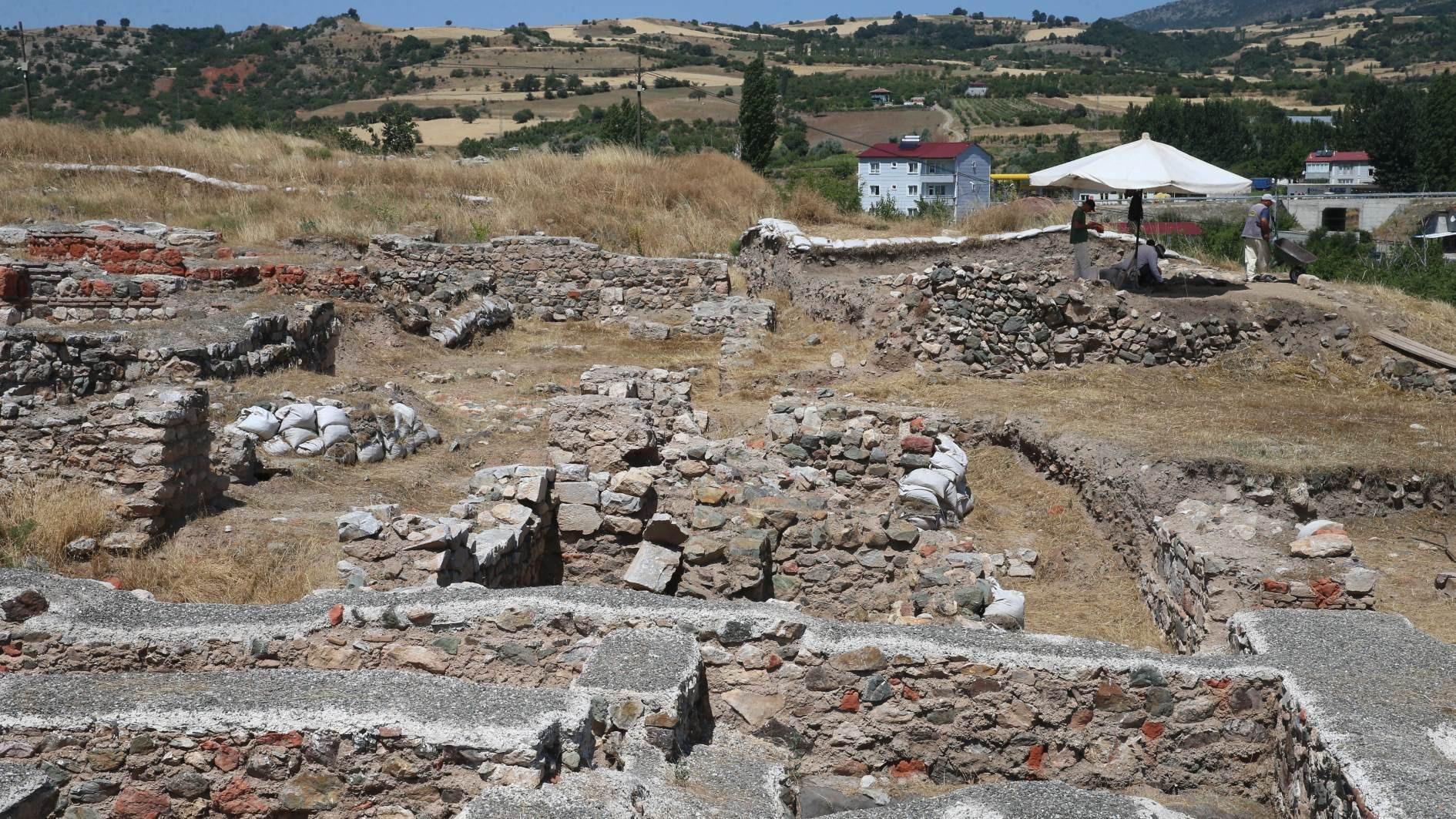
Archaeological excavations are ongoing at the ancient city of Komana in the northern province of Tokat, while researchers aim to uncover its Roman and Seljuk-era layers.
Excavation director Professor Burcu Erciyas from Middle East Technical University (METU) Faculty of Architecture said the current season began in July and will continue until Aug. 15.
The team includes 30 workers and 18 experts from various disciplines, working in multiple key areas of the site.
“One of our focus areas this year is a public structure on the lower slope, which we date to the Seljuk period. It may have functioned as a mosque — its inscription is currently kept at the Tokat Museum,” Erciyas said. “We want to better understand Komana during the Seljuk and early Ottoman periods.”
She added that another section of the site being excavated lies on the upper slope of the hill. “We are focusing on the Roman era in this area. In previous seasons, we uncovered military-related items in a burnt structure here. We are expanding our efforts to better understand this phase of Komana’s history,” she explained.
Known in ancient sources as Komana Pontika, the site was a significant religious center under the Kingdom of Mithridates and maintained its autonomy during the Roman Empire. The sanctuary was dedicated to the Anatolian goddess Ma and served as a major cultural and commercial hub.
Komana attracted visitors from across Anatolia, thanks to its religious festivals, vibrant marketplaces and fertile lands that surrounded the city.
The Komana Pontika Archaeological Research Project, jointly supported by METU and TÜBİTAK (The Scientific and Technological Research Council of Türkiye), was launched in 2004 to determine the city’s exact location and study its urban structure.
Following extensive surface surveys in the Hamamtepe area of Gümenek, formal excavations were initiated to bring the ancient city to light.